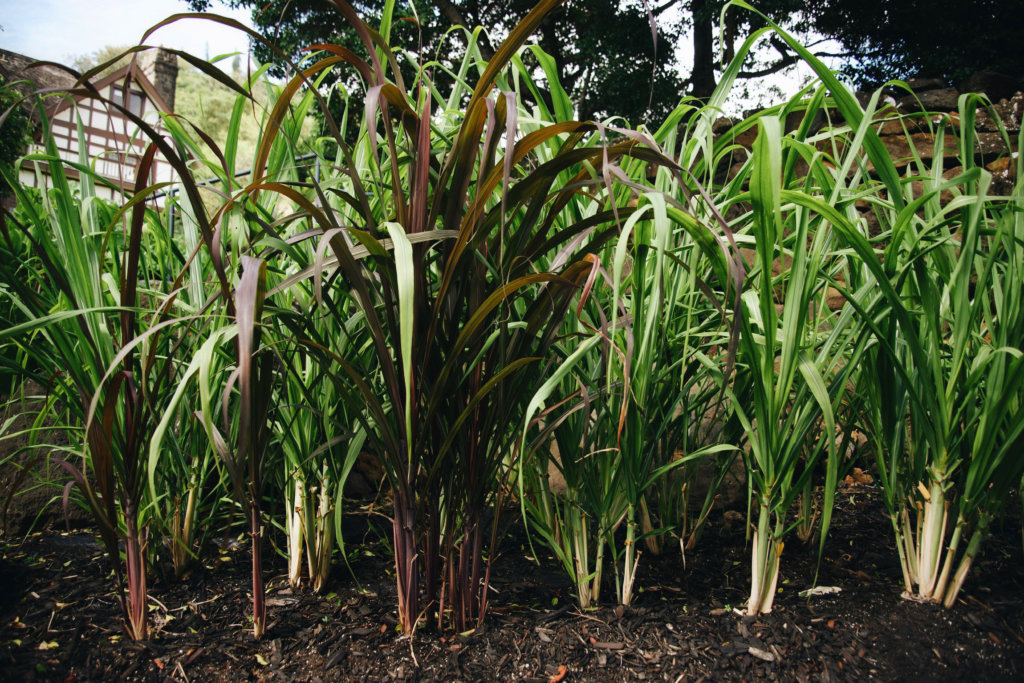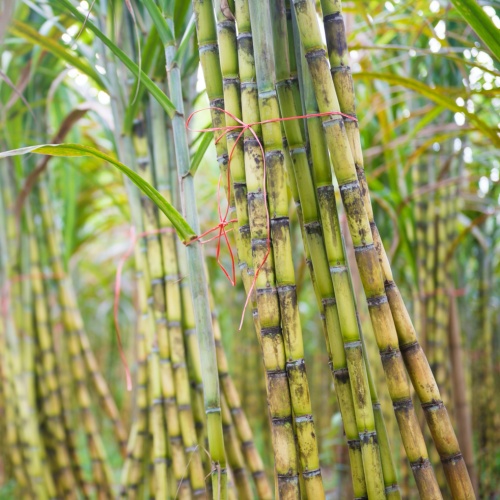The Environmental Impact of Growing Sugar and Cane in Various Regions
Exploring the Perks of Walking Cane Sugar Handling Chemicals for Lasting Practices
The integration of specialized handling chemicals in walking cane sugar production presents an engaging opportunity for progressing lasting practices within the sector. These chemicals not just improve removal effectiveness and product quality however also add to considerable reductions in source usage and environmental impact.

Summary of Walking Cane Sugar Processing
Walking cane sugar handling entails a series of complex steps developed to remove and refine sucrose from sugarcane. This procedure starts with harvesting the sugarcane, which is commonly done by cutting the stalks short. sugar and cane. Once gathered, the walking cane is carried to a handling facility, where it goes through cleaning and shredding to prepare it for juice extraction
The next action entails crushing the shredded walking stick to release the juice, which consists of liquified sucrose along with different pollutants. This juice is after that made clear, often through heating and the addition of lime, to eliminate strong contaminations and get a more clear liquid. The clarified juice is subsequently evaporated to concentrate the sugar web content, causing a syrup.
Following dissipation, formation takes place, where sugar crystals create as the syrup cools down. These crystals are separated from the remaining liquid via centrifugation. The raw sugar is further improved via procedures such as washing and drying, ultimately generating the last product that is suitable for intake. Each action in this substantial process is vital for making sure premium cane sugar, highlighting the complexity and accuracy intrinsic in sugar manufacturing.
Duty of Processing Chemicals

The usage of handling chemicals is integral to the effective removal and purification of sucrose throughout walking cane sugar manufacturing. These chemicals offer multiple functions, consisting of enhancing the clearness of juice, maximizing extraction rates, and assisting in the elimination of pollutants. Trick handling chemicals include phosphoric acid, which assists in the clarification process, and calcium hydroxide, which reduces the effects of acidity and aids in the rainfall of contaminations.
Additionally, refining chemicals can boost the overall return of sugar by making certain maximum sucrose removal from the walking cane. Enzymatic therapies are additionally gaining prestige, as they can break down complex carbohydrates right into fermentable sugars, thus increasing performance. The application of these chemicals not only improves the manufacturing procedures but additionally ensures that the resulting sugar satisfies strict top quality standards.
Additionally, the duty of processing chemicals includes improving operational performance by reducing the power and water required throughout handling. This not only adds to cost savings but also aligns with more comprehensive sustainability objectives within the sugar sector. By enhancing the function and understanding of these chemicals, manufacturers can boost manufacturing performance while keeping product top quality and safety requirements.
Environmental Benefits
Lasting sugar production not only improves operational performance however likewise uses significant ecological benefits that contribute to a healthier community. The use of processing chemicals made have a peek at this website for sustainability aids minimize the ecological impact of sugar manufacturing. These chemicals frequently enable the reduction of harmful results, fostering a cleaner production process that safeguards regional rivers and soil top quality.
Additionally, lasting methods in cane sugar processing improve biodiversity. By reducing chemical runoff and contaminants, these techniques guard habitats and advertise the wellness of surrounding plants and animals. The application of environment-friendly chemicals commonly leads to better resource monitoring, as they can help with the usage click here for more info of natural waste items as fertilizers, hence shutting the nutrient loop and enriching the soil.
Furthermore, the change towards lasting handling chemicals can decrease greenhouse gas exhausts. By maximizing the removal and refining procedures, energy usage reduces, resulting in a smaller carbon impact. Eventually, these developments not just support the sugar sector's environmental goals but likewise line up with global campaigns focused on combating environment change and advertising sustainability. Embracing these methods is vital for the lasting viability of sugar manufacturing and the security of our world's resources.
Performance and Waste Reduction
Executing lasting techniques not only boosts environmental end results yet additionally drives performance and waste reduction in walking cane sugar processing. The integration of specialized processing chemicals can significantly optimize production process, lowering the power and water intake typically associated with traditional techniques. For circumstances, enzymes tailored to boost sugar extraction can lessen the quantity of raw product required, leading to lower operational costs and lessened waste generation.
Additionally, by utilizing biodegradable or safe handling agents, makers can minimize the danger of wastewater contamination, causing decreased treatment needs and additional preserving sources (sugar and cane). Structured processes made it possible for by these chemicals can likewise boost the recuperation prices of sugar, which not only makes the most of output but also reduces Home Page the volume of spin-offs that call for disposal
In addition, carrying out real-time tracking innovations together with handling chemicals enables much better control over operational specifications, promoting fast adjustments that can avoid wasteful variances. On the whole, the critical usage of walking cane sugar handling chemicals advertises an alternative strategy to manufacturing efficiency, lining up economic practicality with lasting techniques that profit both manufacturers and the environment.
Enhancing Item Top Quality

Additionally, the application of pH regulators can maximize the handling problems, making certain that the sugar maintains its desirable taste profile while decreasing the formation of undesirable by-products (sugar and cane). This not just enhances the general top quality however additionally extends the rack life of the sugar, meeting the demands of both merchants and consumers
Additionally, the implementation of these chemicals is commonly aligned with sustainable techniques, reducing the environmental influence of sugar production while improving item quality. By using eco-friendly and naturally degradable processing representatives, suppliers can improve their market charm and add to lasting industry requirements.

Final Thought
In verdict, the assimilation of specialized cane sugar handling chemicals supplies significant benefits for sustainable practices within the industry. Inevitably, such environmentally friendly solutions align product quality with sustainability purposes, establishing a framework for liable and reliable sugar production.
The integration of specialized handling chemicals in walking stick sugar production presents a compelling possibility for advancing sustainable practices within the sector. Each action in this comprehensive procedure is crucial for making certain high-grade walking cane sugar, highlighting the complexity and accuracy intrinsic in sugar manufacturing.
The use of processing chemicals is integral to the efficient extraction and filtration of sucrose during walking stick sugar manufacturing. The usage of specialized processing chemicals can considerably improve the pureness, color, and taste of sugar items.In final thought, the combination of specialized walking cane sugar handling chemicals uses considerable benefits for lasting practices within the sector.